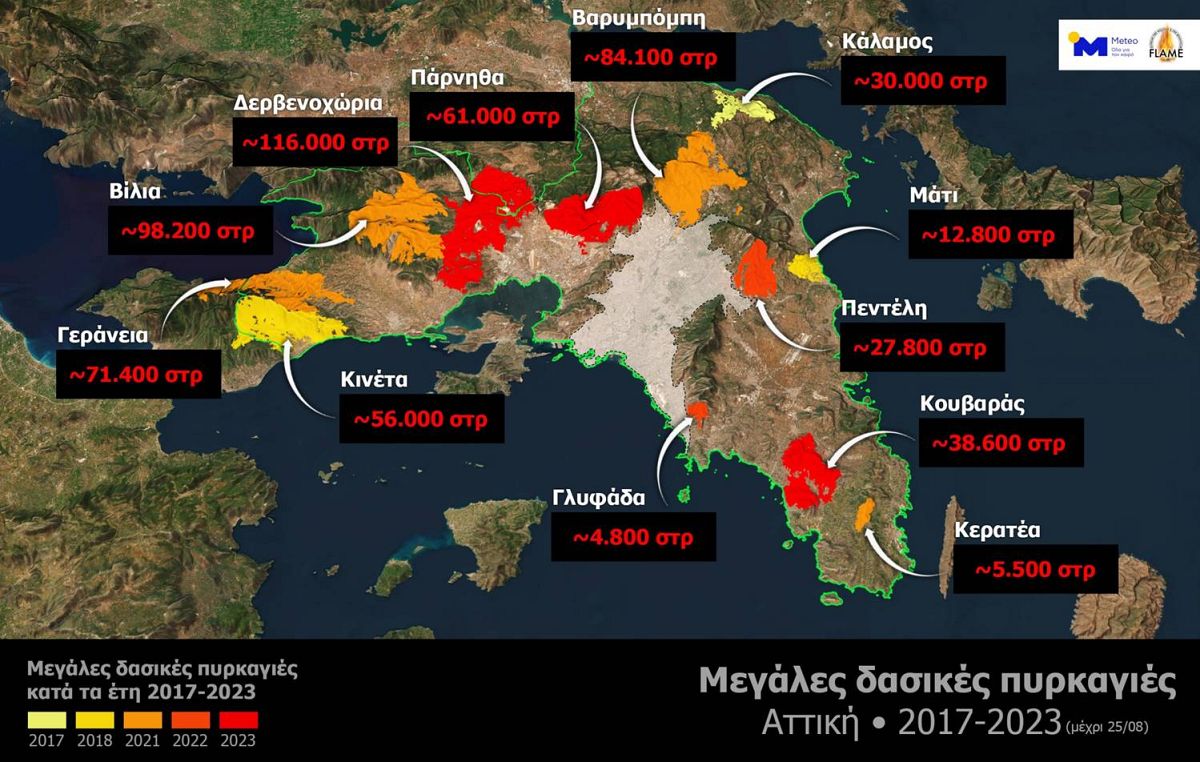Greece has what is known as a Mediterranean climate, that means mild and wet winters in the island regions and cold winters with heavy snowfalls in area with more mountains (central area) in the northern regions it is very hot dry summers.
I will be focusing on Greece heat crisis, in the year 2023 they hit their record long heat wave that lasted sixteen days which caused Europes largest wildfire during July through August. Twenty eight people were killed and dozens were injured, this year August 11, 2024 a fire started in the forest due to repeated heatwaves near Varnava Village.
This is mainly happening in southeastern Europe and around the Mediterranean (Europe is the fastest warming continent). With dry and strong winds that creates forest fires because the air is dry. Then there is the Etesians, wind coming from the North blowing over the Aegean Sea which helps Greec a little bit but can also worsen fire conditions.
Greece takes the climate change seriously, they creates the Ministery of Climate Crisis and Civil Protection that help with precautions in forest fires. They passed a new law that enforces the removal of biomass that hasn't been cleared from within or near forest areas. In Greece even accidental forest fires are treated as a criminal offence. They have drones and temperatures sensors, below is a picture of wilfires in the Attica area in the year 2017-2023 with a total of twelve!
Sources: https://www.euronews.com/green/2024/08/12/deadly-heatwaves-in-june-a-climate-scientist-explains-why-extreme-weather-is-battering-gre
https://climateknowledgeportal.worldbank.org/country/greece/climate-data-historical#:~:text=Greece%20has%20a%20Mediterranean%20climate,regions%20and%20hot%2C%20dry%20summers.

Great summary! Greece’s hot, dry summers definitely make wildfires a big risk, and it’s impressive how seriously they’re addressing it. The new Ministry of Climate Crisis, biomass removal laws, and tech like drones and sensors show how committed they are to preventing fires. Good points!
ReplyDelete